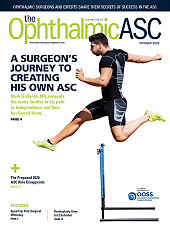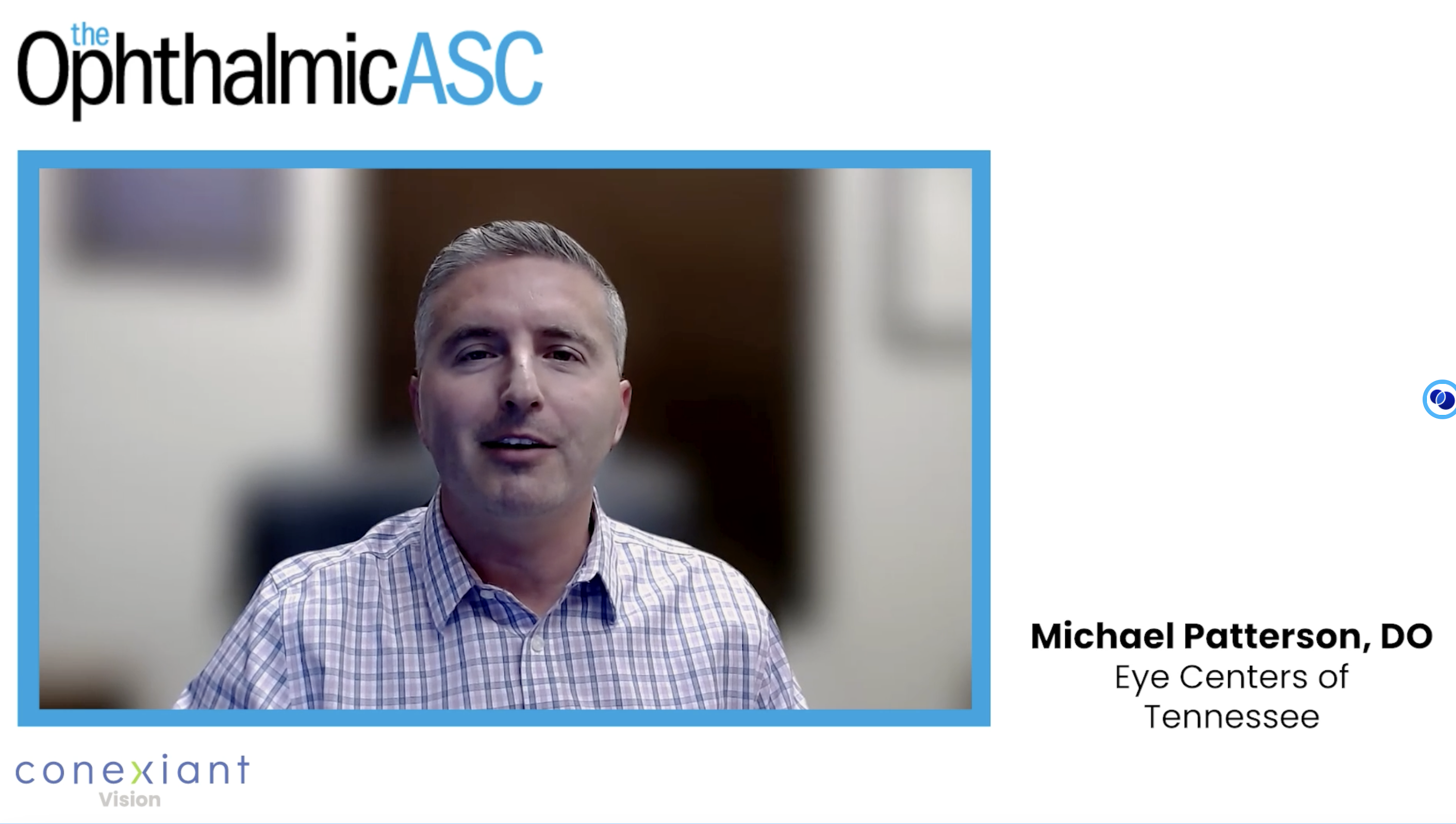Zachary Zavodni, MD, here from Salt Lake City, Utah. I’m the medical director of the Eye Institute of Utah. I’m a cornea, refractive, and cataract surgeon; I've been in practice for about 15 years. I wanted to share with you a new instrument we've been using here in our clinic to improve educational efficiency for our patients.
What we’ve been using is a new virtual-reality headset. We've been using this for about 6 months. The patients who are coming in for cataract consultation, prior to meeting with their provider, are being walked through a demonstration of the various types of intraocular lens (IOL) technologies that we provide. In doing so, the patients—by the time they get to the provider—have a lot more confidence and thorough understanding of the topics that we ultimately discuss as we’re walking through each patient’s specific options and preferences.
As a result of this, what the clinic has seen has included:
- A shorter and more efficient educational interaction, both from the clinic staff, the providers, and our surgery counselors;
- The patients are a lot more confident in their decisions; and
- As you would likely have expected in something like this, the patient conversion rate for more premium IOL services has gone up rather substantially in our practice.
We’re really excited about this technology. We’re planning to incorporate it into more and more of our exam lanes, and I think it’s something that a lot of our members should be considering moving forward.
Transcript edited for clarity.










